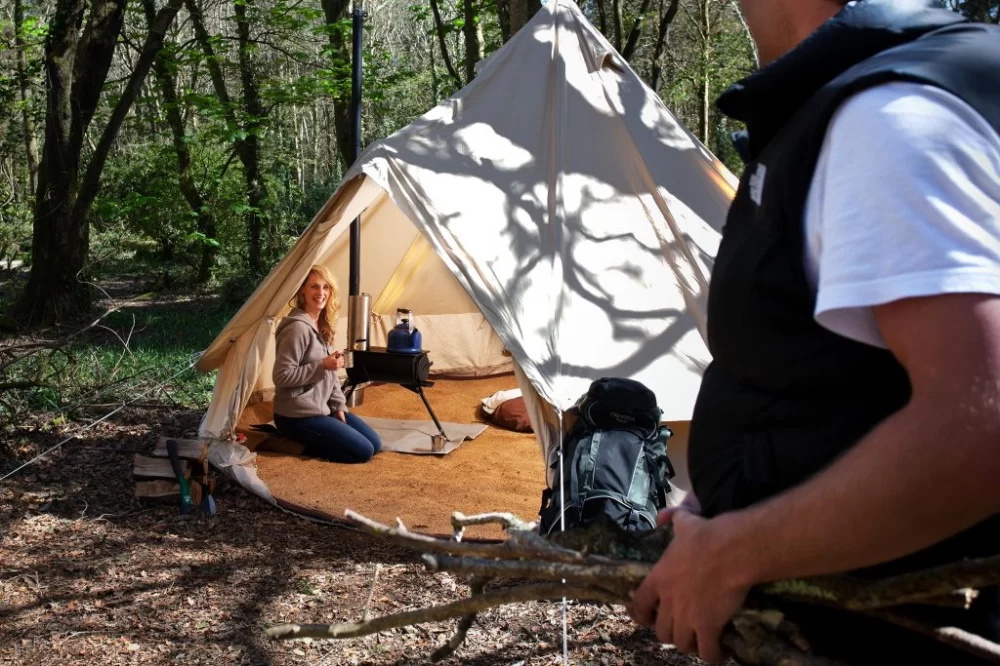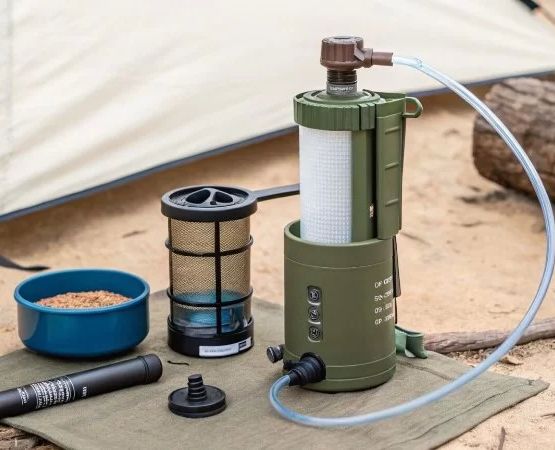Understanding the Dangers of Carbon Monoxide Poisoning While Camping
Camping is one of the most enjoyable ways to spend time outdoors, but it also comes with certain risks. One of the most dangerous, yet often overlooked, hazards when camping is carbon monoxide (CO) poisoning. As an outdoor enthusiast, I’ve experienced the thrill of camping in some of the most remote areas, but I've also learned how crucial it is to be aware of this silent killer. In this article, I'll share with you some important tips and real-life experiences on how to prevent carbon monoxide poisoning while camping, ensuring that your trips are safe and enjoyable.
What Is Carbon Monoxide and Why Is It Dangerous?
Carbon monoxide is a colorless, odorless gas that is produced by burning fuels such as wood, propane, or gasoline. It’s particularly dangerous in enclosed spaces, as it can quickly accumulate without detection. During my early camping trips, I didn’t fully appreciate just how hazardous CO could be, but after hearing about some tragic cases, I became more cautious. Poisoning from carbon monoxide can occur when camp stoves, heaters, or generators are used improperly or in confined areas like tents or cabins. Symptoms of CO poisoning can include headache, dizziness, nausea, and confusion, and in severe cases, it can be fatal.
1. Always Ventilate Your Tent and Sleeping Areas
When camping, it's tempting to keep the warmth in your tent by using a portable heater or stove. However, I quickly learned that this can be dangerous if the area is not properly ventilated. Always make sure there’s adequate airflow in your tent or shelter. Even if it seems cold outside, keeping a window or door slightly open will help reduce the risk of carbon monoxide buildup. I remember one cold night when I mistakenly kept my tent sealed tight to stay warm, and the next morning, I felt light-headed. Thankfully, I was okay, but it was a wake-up call.
2. Never Use Gas-Powered Equipment Inside a Tent or Enclosed Space
It's common to bring along portable generators, stoves, or lanterns for convenience when camping, but these items should never be used inside your tent or any small, enclosed space. I had a friend who once brought a small camp heater inside their tent during a winter trip, thinking it would make the night more comfortable. The next morning, we found them with symptoms of mild carbon monoxide poisoning. That experience taught me a valuable lesson—always set up such equipment in an open, well-ventilated area, far from your sleeping quarters.
3. Use Carbon Monoxide Detectors
One of the easiest ways to protect yourself from carbon monoxide poisoning while camping is to invest in a portable carbon monoxide detector. These devices are relatively inexpensive and can be life-saving. I personally carry a small, battery-operated CO detector when camping in remote areas. It gives me peace of mind, knowing that I’ll be alerted if dangerous levels of carbon monoxide are detected. Many camping stores sell these devices, and I highly recommend having one as part of your camping gear.
4. Properly Maintain and Inspect Your Gear
Before heading out on a camping trip, always inspect your gear to make sure it’s in good working condition. I once had an incident where a faulty stove almost caused a carbon monoxide issue because the burner was not functioning properly. Regularly check your stoves, heaters, and any gas-powered equipment to ensure they are working correctly. If you're using a propane stove, for example, ensure the connection is secure and that there are no leaks. These small precautions can go a long way in preventing CO poisoning.
5. Understand the Weather and Environmental Conditions
The weather and environmental conditions can have a significant impact on the buildup of carbon monoxide. For example, if you’re camping in an area with poor ventilation, such as a forested valley or near a mountain pass, you may be at a higher risk. I’ve camped in some remote areas where the wind could change directions at night, trapping gases in the area. It’s essential to research the campsite before your trip and understand how the terrain and weather could affect ventilation.
6. Learn the Symptoms of Carbon Monoxide Poisoning
It’s crucial to recognize the signs of carbon monoxide poisoning early. Symptoms can be subtle at first, like a mild headache or feeling a little nauseous, which I’ve personally experienced during camping. If you or anyone in your group starts to feel unusually dizzy, disoriented, or short of breath, it’s essential to immediately leave the area and get fresh air. If symptoms persist, seek medical attention immediately. Being aware of these symptoms could potentially save your life.
7. Stay Educated and Share Information
Finally, one of the most important steps to preventing carbon monoxide poisoning is staying educated. Share these tips with friends and family members who love to camp, so they too can stay safe. I’ve made it a point to discuss CO poisoning prevention with everyone I camp with, and it's always a good idea to double-check that everyone is following the safety guidelines. The more knowledgeable everyone is, the safer your camping experience will be.
By following these simple yet effective precautions, you can enjoy the beauty and serenity of nature without putting yourself at risk. Carbon monoxide poisoning is preventable, but it requires vigilance and awareness. I hope that by sharing my personal experiences and these safety tips, your camping trips will be both safe and memorable. Remember, nature is a wonderful place to connect with the outdoors, but it’s essential to be mindful of the potential risks.







